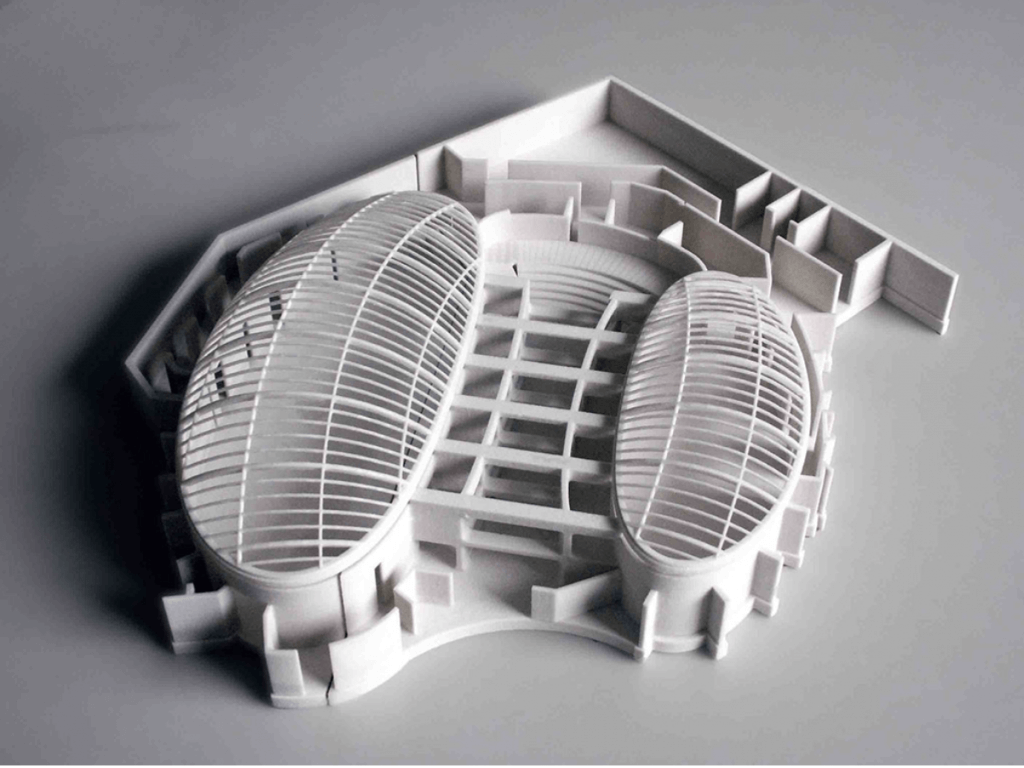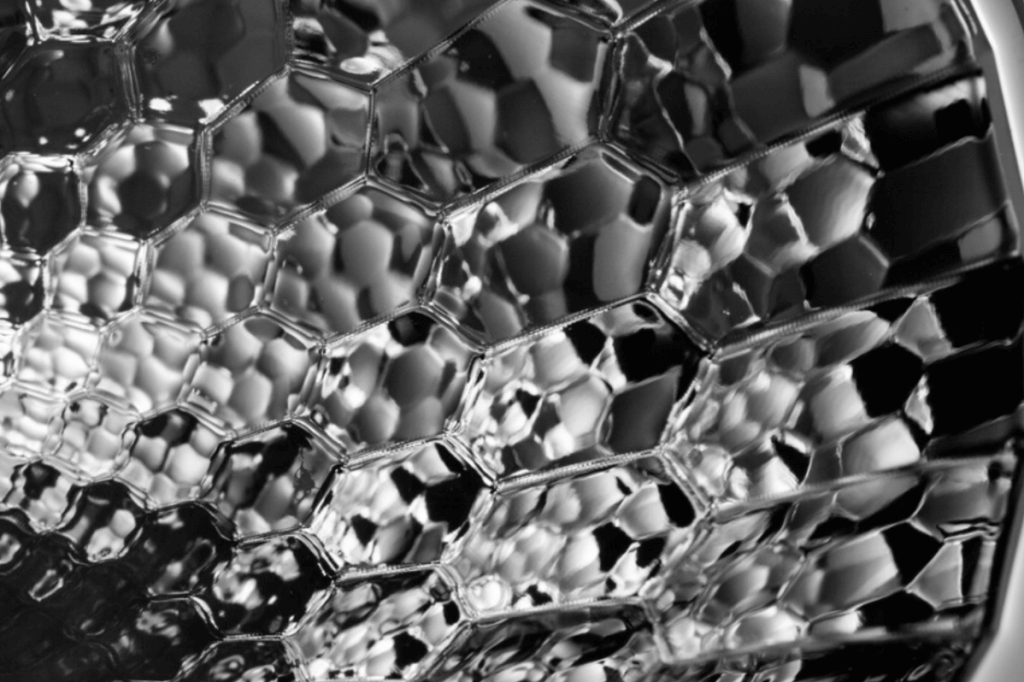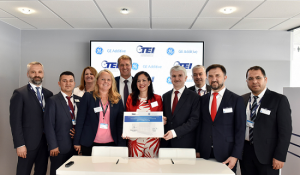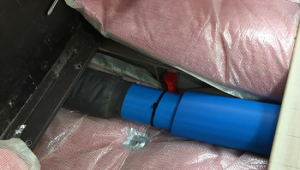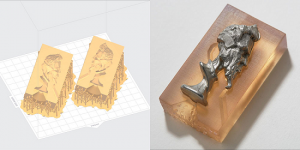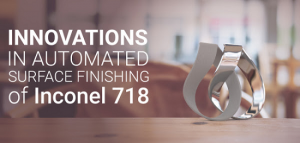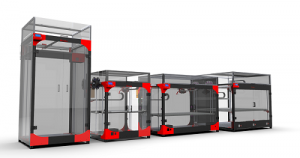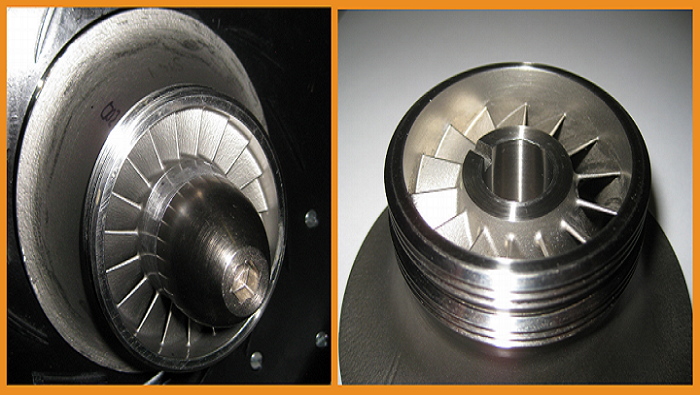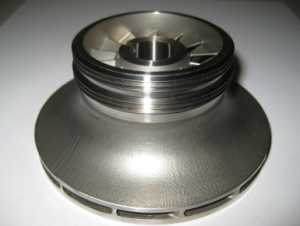When you first launch your 3D printing business, you may not know about all the unique responsibilities you are taking on. However, as soon as you dive deeper into the finishing process of printed products or parts, your knowledge of risk grows. When you purchase any type of solvent for the finishing process, you become completely responsible for its safe handling, use, and disposal. In order to minimize risk and save yourself a lot of money, a 3D printing solvent recycler would be a smart investment.
Over time you may accumulate gallons of unique solvent types such as IPA, Acetone, MEK, and Methyl Isobutyl Ketone. Which will create a new task of proper disposal of these chemicals. None of these chemicals can simply be washed down the drain or tossed in the garbage. There are both federal and state laws that determine the appropriate course of action with different types of solvents. Whether you own and operate a large shop or manufacturing plant or are simply a small 3D printing business owner, you need to follow these laws or risk considerable repercussions that may include fines and incarceration. Therefore, you should consider recycling your 3D printer solvents.
Purchasing a 3D printing solvent recycler will enormously reduce the difficulties of legal disposal. The Sidewinder Model M-2 Solvent Recovery System was specifically designed and manufactured to help anyone interested in the 3D printing world reclaim their solvents responsibly and affordably.
It does not matter if you currently use ABS, PLA or resin to print your products or parts. Different types of solvents are used to smooth and finish your projects. The flexibility of the Sidewinder unit allows you to handle many types of solvents effectively while minimizing risk overall. You do not have to transport them to another facility, pay for expensive hazardous waste removal, or even find a location to bring them to.

Instead, you can engage in safe and effective reclaiming of your solvents. The Sidewinder refrigeration reclaimer can handle acetone and other solvents used for smoothing and finishing your 3D printed projects. It is the only UL listed solvent recycler machine on the market which means it is a certified safe machine for indoor use.
Sidewinder Solvent Recycler is Hassle-free and Easy to Use
As a 3D printer business owner, you probably prefer spending your time designing new 3D printed products and choosing materials rather than recycling solvents. However, solvent recycling for 3D printers is a simple process when using the Sidewinder Model M-2. It only takes three easy steps: 1. Load your used solvents; 2. Latch the lid securely; and 3. Press the On button. The machine will manage the entire distillation process and output clean, usable solvent that can be used again and again.
Not only do you eliminate a lot of the disposal issues that come with using solvents for finishing 3D printed projects, but you also reduce your expenses when it comes to buying new solvents.
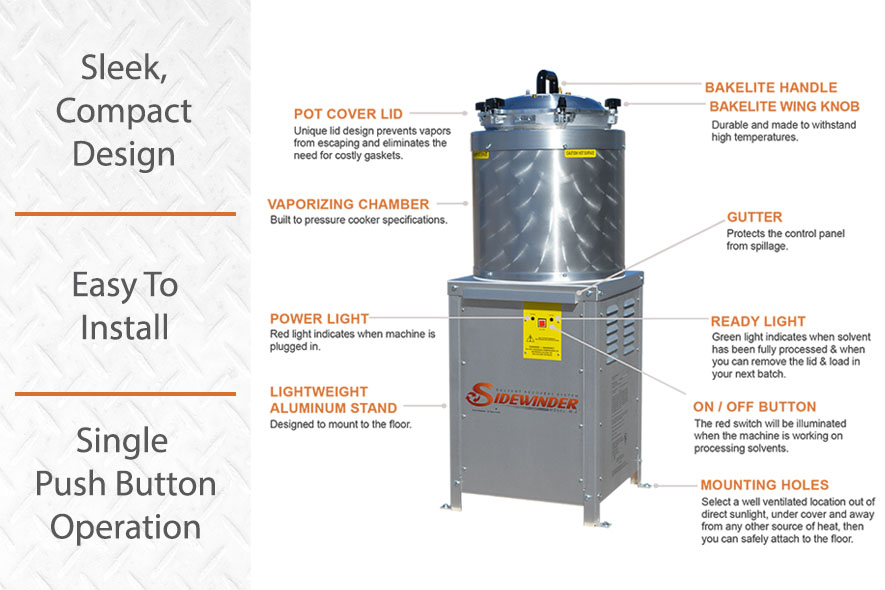
Ideally, the Sidewinder solvent recycling unit is for anyone who uses approximately 5 to 70 gallons of solvent per week. Its sleek, efficient and compact design only requires a small footprint in your workshop or manufacturing facility.
According to the manufacturer, the Sidewinder can easily process about 50 gallons per week. Although different variables are involved such as what solvents you are recycling and how dirty they are—along with humidity and barometric pressure—it may take a couple of hours to heat up, and then it should distill approximately one gallon per hour. The manufacturer provides free phone support.
Enjoy Safety and Savings With Solvent Recycling
In order to maximize safety, this machine shuts itself off automatically once the recycling process is done. It is UL listed and meets all applicable US standards required for solvent distillation machinery. It does not require any special water hook-ups and can be cleaned with ease.
When it comes to saving money, recycling always makes more sense than paying for disposal and purchasing brand-new solvent for every project. Although costs vary across the country the legal disposal of solvents usually runs around five dollars per gallon. Therefore, the return on investment for the cost of the Sidewinder unit is around 3 to 4 months for anyone using 50 gallons of solvent per week.
How Does It Work?
A standard 5 gallon metal bucket of waste is placed in the chamber. Waste solvents are vaporized and re-condensed, making the solvent reusable. Vapors expand in the chamber, displacing air, and then fall through a refrigerated heat exchanger. After that, they condense and flow into the clean solvent receptacle. Waste stays behind in the cooking bucket. You can also use Sidewinder’s custom fitted processing bags which fit into the buckets like liners.
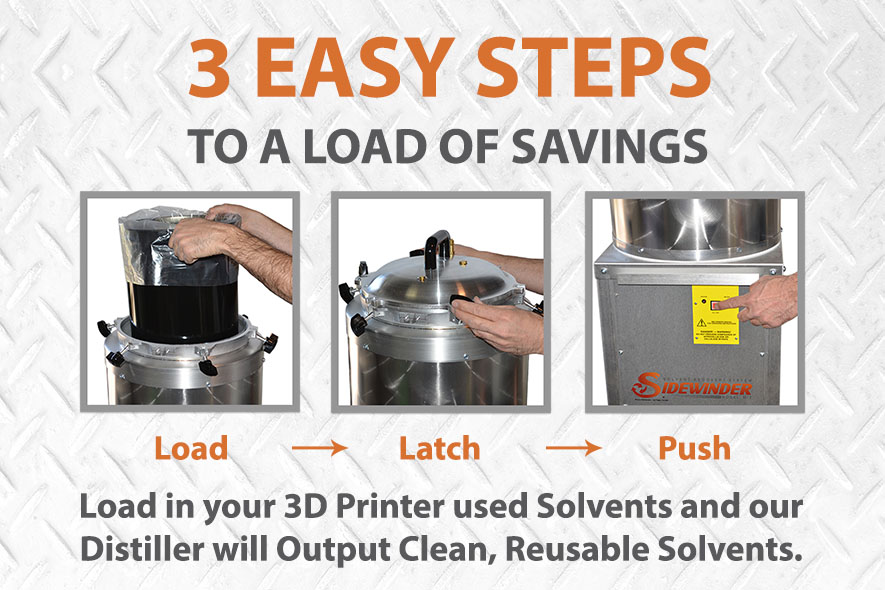
It’s important to note that this ‘cooker’ is meant only for commercial and industrial use by trained personnel. You never want to process unidentified compounds or anything containing acid. Do not process items containing nitrocellulose or cellulose nitrate. Always keep in mind that caution handling of hazardous waste is of utmost importance. You should find the Sidewinder to be simple and hassle-free, but also enjoy knowing that it comes with a one-year warranty. Is this a device you are interested in trying?
The post Solvent Recycling for 3D Printers With Sidewinder Power appeared first on 3DPrint.com | The Voice of 3D Printing / Additive Manufacturing.


